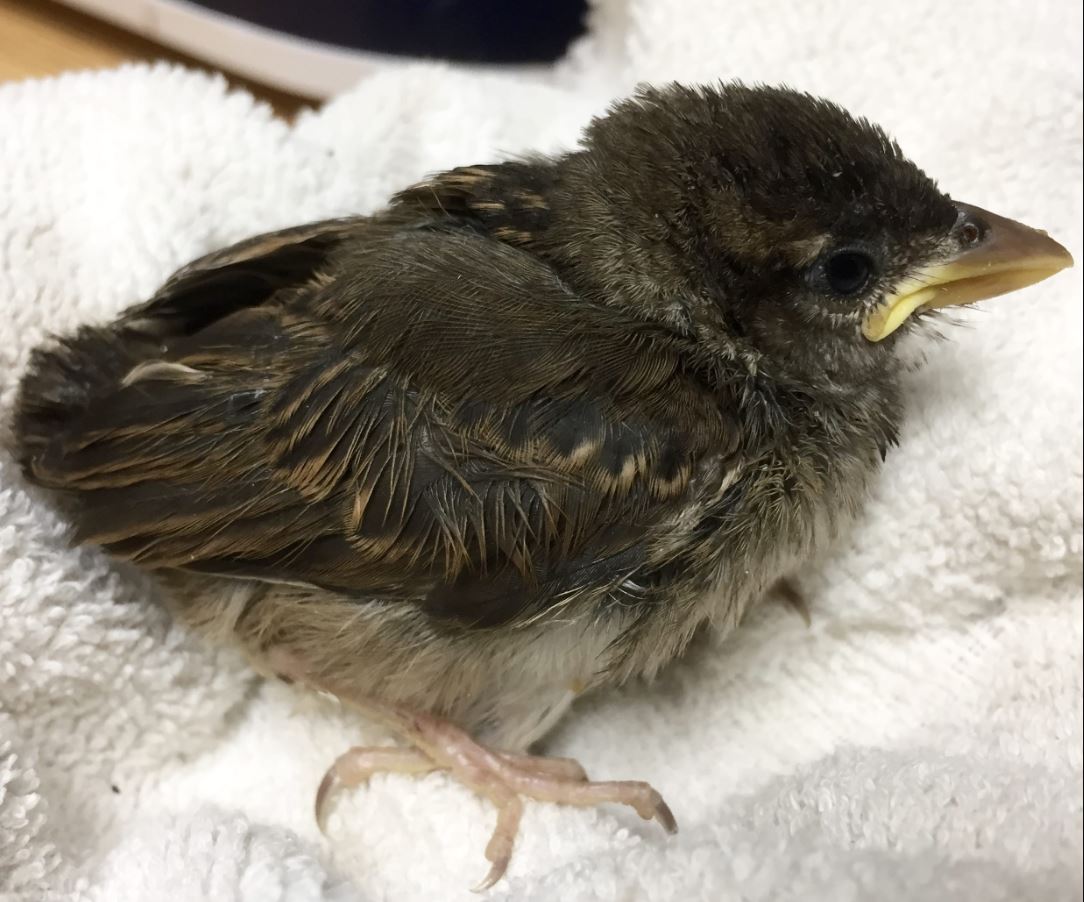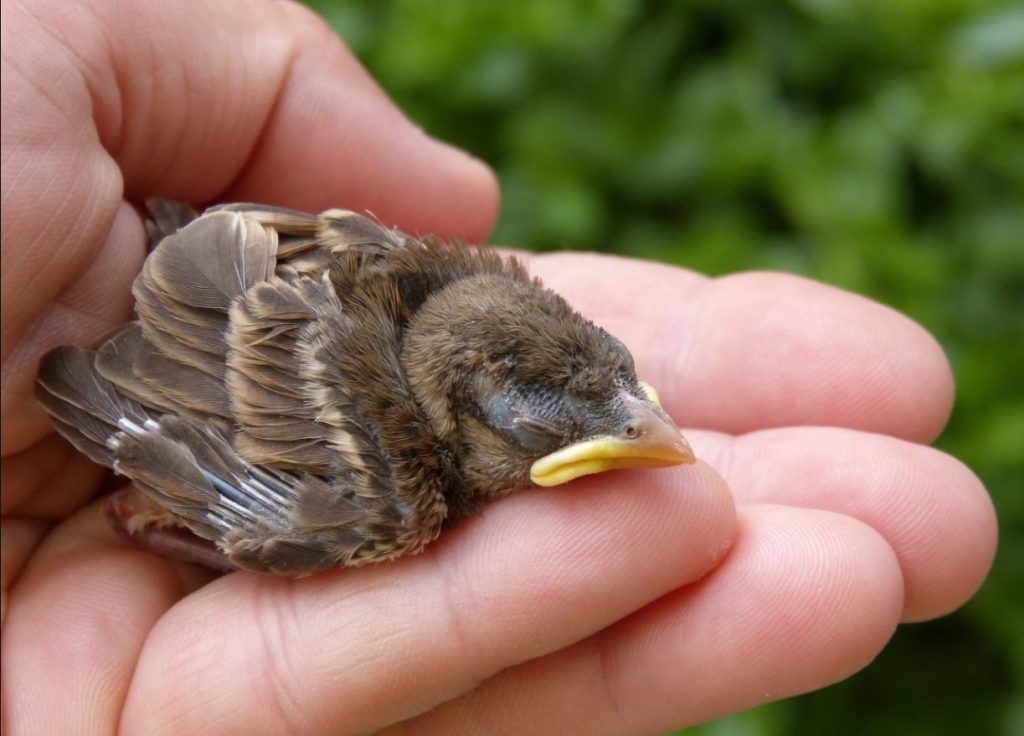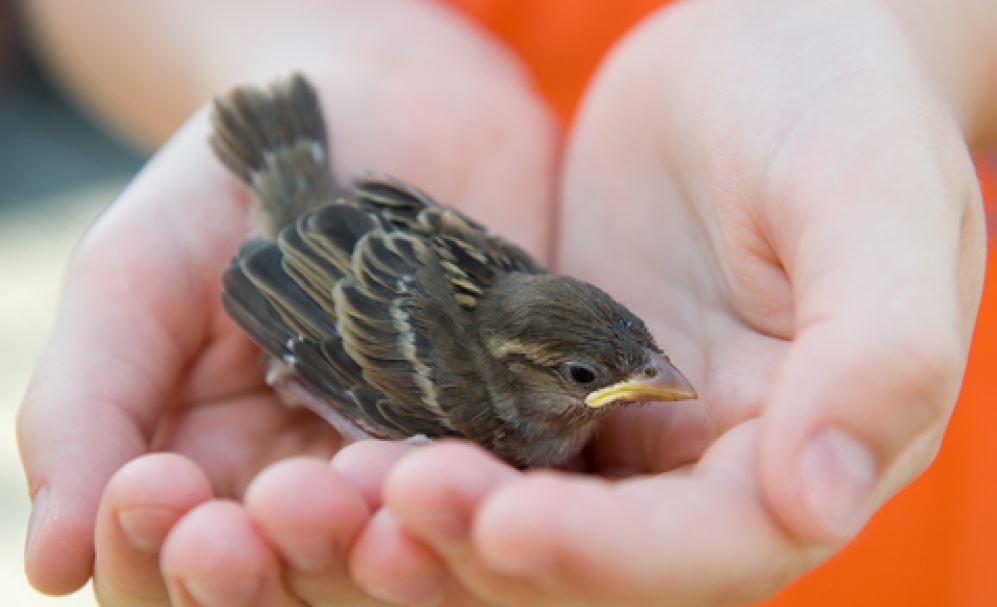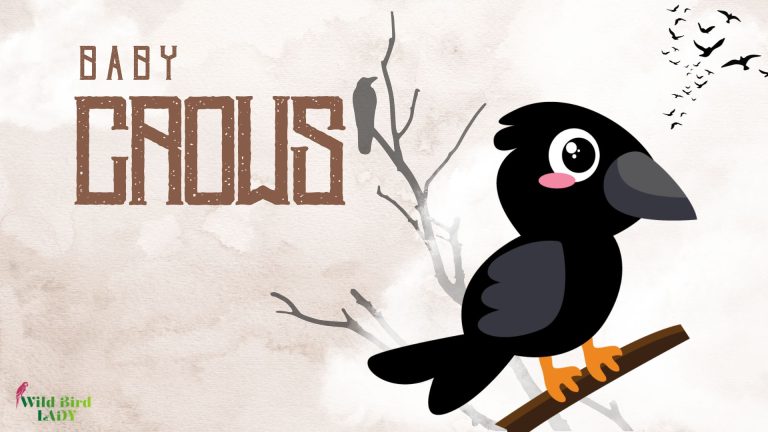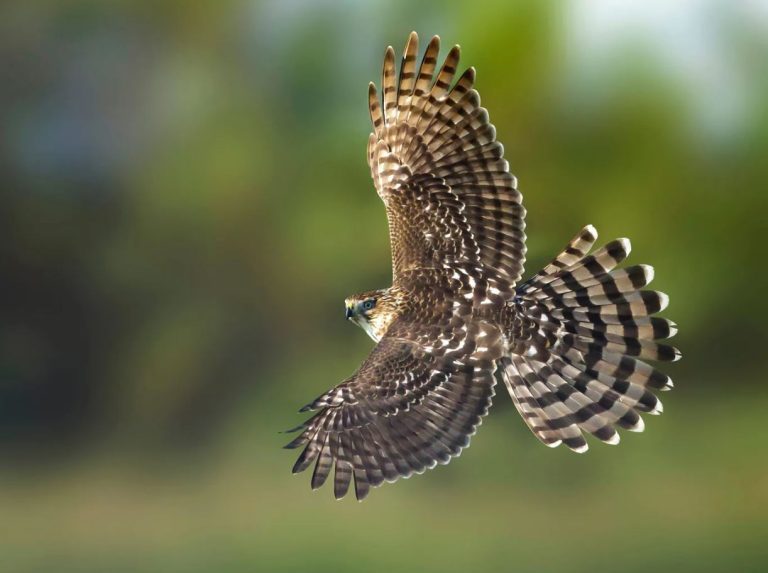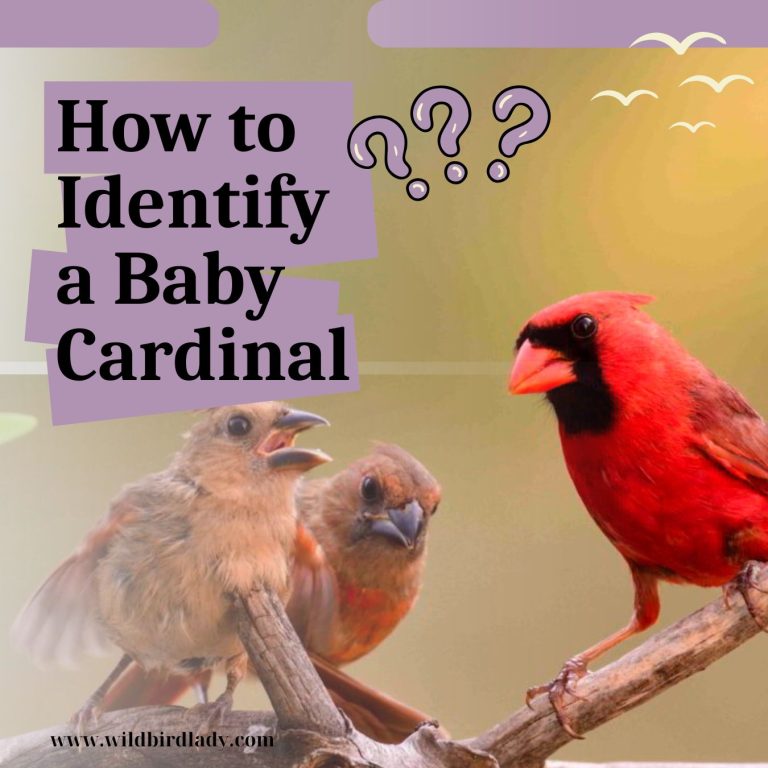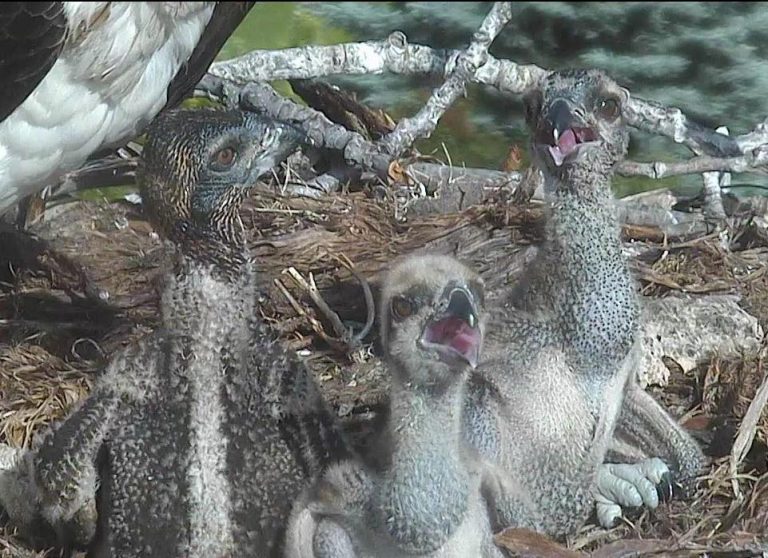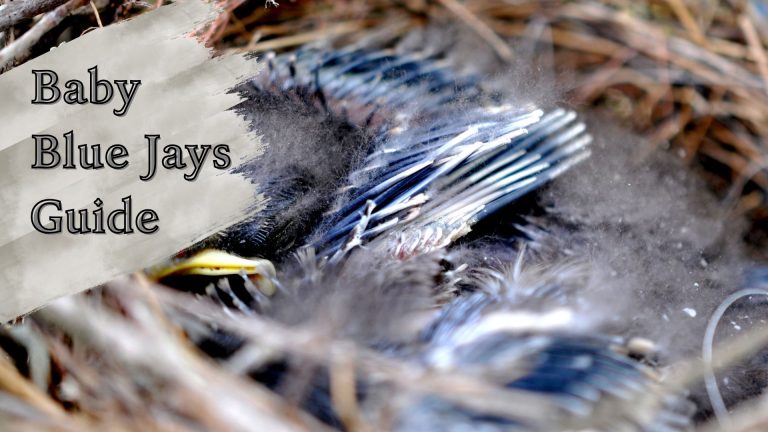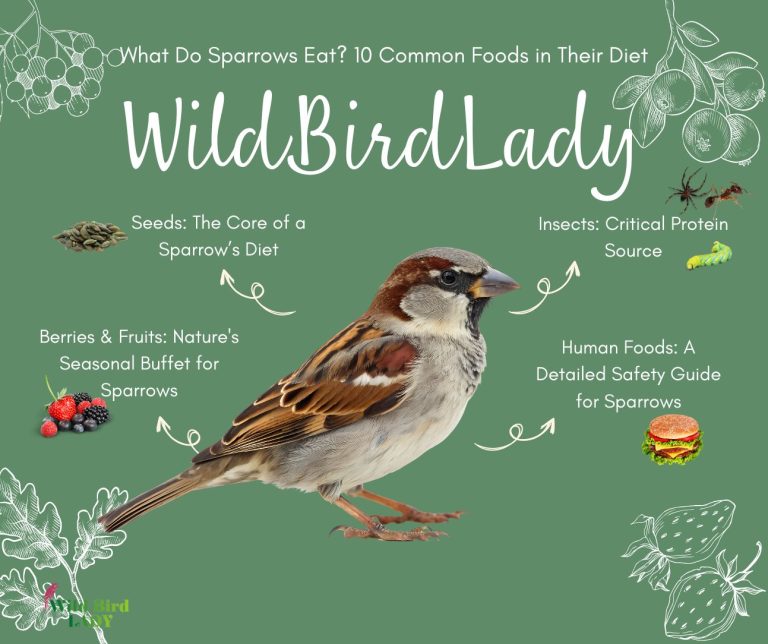Baby Sparrow Guide: What They Look Like, Eat & How to Care for Them
By Rifat Ahmed – Birdwatching Enthusiast with 13 Years of Experience
There’s nothing quite as heartwarming—and heartbreaking—as finding a baby sparrow helplessly chirping on the ground. These tiny creatures, with their fluffy down and wide-open beaks, ignite a natural urge in many of us to protect and help. Over my 13 years of birdwatching and rescue experience, I’ve seen countless sparrow chicks grow from fragile hatchlings to confident little fliers.
Whether you’ve stumbled upon one in your backyard or are simply curious about their development, this complete baby sparrow guide will walk you through what they look like, what they eat, and how to care for them properly—especially when human intervention is necessary.
What Does a Baby Sparrow Look Like?
Stages of Development
A baby sparrow goes through several stages before becoming a fully independent bird:
| Stage | Age Range | Appearance |
|---|---|---|
| Hatchling | 0–3 days old | Naked, eyes closed, pinkish skin, completely helpless |
| Nestling | 3–10 days old | Downy feathers, eyes start to open, wide yellow gape |
| Fledgling | 11–17 days old | Small feathers cover most of the body, still clumsy at flying |
| Juvenile | 2–4 weeks+ | Full feathers, shorter tail and wings, duller colors |
At first glance, a hatchling may not resemble a bird at all. Their eyes are shut tight, and their translucent skin often shows the outline of internal organs. As they grow into nestlings, soft down feathers appear, and they begin lifting their heads and opening their beaks in anticipation of food.
By the fledgling stage, the sparrow may appear almost ready to fly, though it still needs parental feeding and protection. This stage is often mistaken as “abandoned,” but in truth, fledglings are usually watched over by nearby parents.
✅ Expert Tip: If the bird has most of its feathers and is hopping around, it’s likely a fledgling. Don’t intervene unless it’s injured or in danger from predators.
How to Identify a Baby Sparrow
Baby sparrows can be difficult to distinguish from other similar-sized songbirds. However, here are some identifying traits:
- Yellow beak edges (gape) are prominent in nestlings and fledglings.
- Drab brown coloring with no distinct markings (juvenile sparrows are not as defined as adults).
- Chirping constantly when hungry, often with open mouths.
- In North America, most baby sparrows are likely House Sparrows (Passer domesticus), introduced from Europe and now widespread across urban areas.
According to the Cornell Lab’s All About Birds, adult House Sparrows are chunkier than other sparrows with gray crowns and black bibs—traits the juveniles will grow into.
What Do Baby Sparrows Eat?
This is one of the most common questions I get from readers and new bird rescuers. While adult sparrows are often seen pecking at grains, baby sparrows do not eat seeds in their first days of life.
Natural Diet (Provided by Parents)
In the wild, sparrow parents feed their chicks a high-protein diet of:
- Insects
- Caterpillars
- Spiders
- Small grubs or larvae
These protein-rich meals are critical for rapid growth.
🔎 “Young House Sparrows are entirely dependent on insects for protein during the first week of life,” — All About Birds
Feeding Orphaned Baby Sparrows
If you must feed a baby sparrow, avoid common mistakes like giving milk or bread—these can be deadly. Instead:
Safe Food Options:
- Soaked cat/dog kibble (softened with water until mushy)
- Hard-boiled egg yolk
- Mealworms or cricket powder
- Commercial baby bird formula (like Kaytee Exact Hand Feeding Formula)
Feed using a dull syringe or small spoon, aiming the food into the side of the beak. Feed every 20–30 minutes during daylight hours for hatchlings and nestlings.
Never Feed:
- Milk
- Bread
- Water by dropper (can cause aspiration)
- Seeds (until fledgling stage)
How to Care for a Baby Sparrow
If you find a baby sparrow, your first instinct may be to pick it up—but pause and assess.
Step-by-Step Rescue Assessment
- Determine the Stage:
- Fledgling? Leave it unless it’s in danger.
- Nestling or Hatchling? May need help.
- Look for a Nest:
- Try returning the bird to the original nest if possible.
- Contrary to myth, parent birds will not reject their chick due to human scent.
- Observe for 1–2 Hours:
- Are the parents nearby feeding or watching?
- If no adults appear and the chick is cold, weak, or calling constantly—it may be orphaned.
Creating a Temporary Home
If you decide to intervene:
- Use a small box lined with unscented tissue or paper towel
- Keep it warm (95°F / 35°C) with a heating pad or warm water bottle under half the box
- Place the box in a quiet, safe room away from pets or children
When to Contact a Wildlife Rehabilitator
You should always contact a licensed wildlife rehabilitator if:
- The bird is injured or bleeding
- It has been exposed to cats
- You cannot feed it reliably every 20–30 minutes
- You plan to keep it more than 24 hours
Find your nearest rehabber via https://www.nwrawildlife.org
How Long Do Baby Sparrows Stay with Their Parents?
Baby sparrows generally remain in the nest for about 14 to 17 days after hatching. During this time, they are completely dependent on their parents for warmth, protection, and frequent feedings—often every 15–30 minutes from sunrise to sunset. Both the male and female sparrow may help with feeding, especially in species like the House Sparrow (Passer domesticus).
Once the chicks reach the fledgling stage, they leave the nest but are not fully independent. These fledglings still rely on their parents for food and guidance for an additional 1 to 2 weeks. You’ll often see them following their parents around, chirping and fluttering their wings—a clear sign they’re still begging for food.
Post-Fledging Learning Phase
This post-fledging period is critical for the baby sparrow’s survival. Under the watchful eye of their parents, fledglings learn how to:
- Forage for food like insects and small seeds
- Recognize and avoid predators (such as cats, hawks, or crows)
- Navigate flight with better balance and control
Even though they can flutter or make short hops immediately after fledging, it often takes several days to build up strength for sustained flight.
Becoming Independent
By the time they’re about 3 to 4 weeks old, most baby sparrows begin feeding themselves and roosting away from their parents. They may start forming small flocks with other juveniles and adults, learning social cues and territorial behavior.
This stage also marks the beginning of their first juvenile molt, where they shed their baby feathers and start growing their more adult-like plumage—another key step on their journey toward independence.
Can You Raise a Baby Sparrow Legally?
In the United States, House Sparrows are not protected under the Migratory Bird Treaty Act, which means it is technically legal to care for them in some areas.
However, wildlife rehab is always preferred, and keeping a bird long-term requires:
- Consistent, expert-level feeding
- Proper weaning
- Flight space for exercise
- Knowledge of socialization
Raising a wild bird without a plan for release often leads to imprinting, making survival in the wild impossible.
When and How to Release a Baby Sparrow
If you’ve successfully raised a baby sparrow to fledgling or juvenile stage:
Signs It’s Ready for Release:
- Can eat on its own (pecking at seed/insects)
- Can fly short to medium distances
- Shows alertness and fear of humans
Releasing Tips:
- Choose a quiet morning
- Release near trees or bushes
- Avoid rainy or cold days
- Monitor from a distance
Release success is higher when the sparrow is returned near where it was found, allowing it to integrate with local populations.
Fun Facts About Baby Sparrows
- House Sparrows often nest in vents or crevices around buildings, leading to many “rescues.”
- A single pair may raise up to 4 broods in one season.
- Baby sparrows begin chirping just days after hatching, developing their adult calls around 4–6 weeks old.
- Juvenile sparrows may still beg for food even after they’re weaned—a bit like toddlers!
Final Thoughts from the Field
Over my years of birdwatching, I’ve seen many well-meaning people try to raise baby sparrows with love but little information—and sadly, that’s not always enough. Sparrows, like all wild birds, have specific dietary and developmental needs. Whether you’re offering a helping hand or simply observing, knowledge is your best tool.
If you’re ever in doubt, call a wildlife rehab center. But if you’re prepared and patient, helping a baby sparrow grow up can be one of the most rewarding birding experiences of your life.
FAQ – Baby Sparrow Guide
1. What should I do if I find a baby sparrow on the ground?
If the baby has feathers and is hopping around (a fledgling), it’s likely still under parental care—leave it alone unless it’s in immediate danger. If it’s naked or mostly featherless (a nestling), try to locate and return it to its nest, or contact a wildlife rehabilitator.
2. Can I feed a baby sparrow bread or milk?
No. Bread and milk can be harmful or fatal to baby birds. Instead, feed them soaked dog/cat kibble, hard-boiled egg yolk, or insect-rich foods like mealworms. Use a syringe or spoon carefully.
3. How often do baby sparrows need to be fed?
Nestlings require feeding every 20–30 minutes during daylight hours. This frequent feeding schedule is essential for their rapid growth and survival.
4. Can I legally keep a baby sparrow?
House Sparrows are not protected under the Migratory Bird Treaty Act in the U.S., so it’s legal to care for them in most cases. However, long-term care should only be attempted with proper knowledge or under guidance from wildlife experts.
5. When is a baby sparrow ready to be released?
A sparrow is ready to be released when it can fly well, feed itself independently, and shows natural fear of humans. This typically occurs around 4–5 weeks of age.
6. What does a baby sparrow look like when it hatches?
A newly hatched baby sparrow (hatchling) is pink, featherless, and has closed eyes. As it grows into a nestling and fledgling, it develops down, feathers, and gains coordination.
Read also: What Do Sparrows Eat? 10 Common Foods in Their Diet

